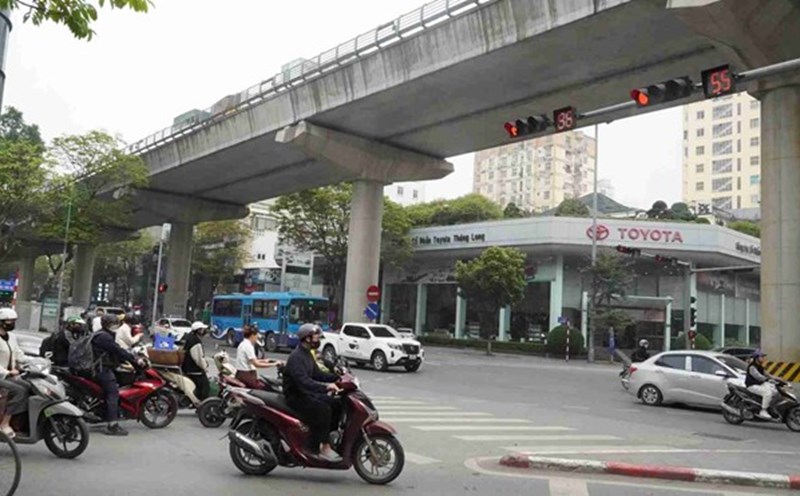Hanoi is studying a mechanism to support the conversion of about 450,000 motorbikes using gasoline in the Ring Road 1 area, to implement a roadmap to reduce vehicles using fossil fuels, contributing to improving the urban environment.
According to the leader of the Hanoi Department of Construction, the policy to support the conversion from gasoline-powered motorbikes to electric vehicles will be built in a harmonious manner, based on the results of a thorough review of each user group and each type of vehicle.
Directive No. 20/CT-TTg issued by the Prime Minister on July 12, 2025 requires Hanoi to limit the circulation of motorbikes using fossil fuels in the Ring Road 1 area from July 1, 2026, aiming to completely eliminate them in the future.
Regarding the implementation of the directive, Vice Chairman of Hanoi People's Committee Duong Duc Tuan said that the city is developing a policy to support the conversion of about 450,000 gasoline motorbikes. The City People's Committee will report to the City Party Committee and submit to the City People's Council for consideration and issuance of a support mechanism for almost all conversion costs, such as registration fees and new electric vehicle registration fees.
In parallel with financial support, Hanoi also invests in developing green transport infrastructure, to ensure the travel needs of the people. It is expected that the city will increase small electric buses (8 - 12 seats) to create an inner-city transportation network; at the same time, study the 4-seat electric vehicle model for transit in the Ring Road 1 area.
Hanoi also promotes the development of a multi-modal transit system, connecting with urban railway lines. Currently, the two routes Cat Linh - Ha Dong and Nhon - Hanoi Railway Station have entered the Ring Road 1 area. The West Lake - Hoa Lac and Nam Thang Long - Tran Hung Dao routes will be implemented in the coming period.
Regarding energy infrastructure, the city will supplement the planning of electric charging stations for cars, electric motorbikes and other vehicles using clean energy, ensuring that they meet the requirements of standards and technology. In the immediate future, charging stations will be prioritized at static traffic points, parking lots and in residential buildings.











